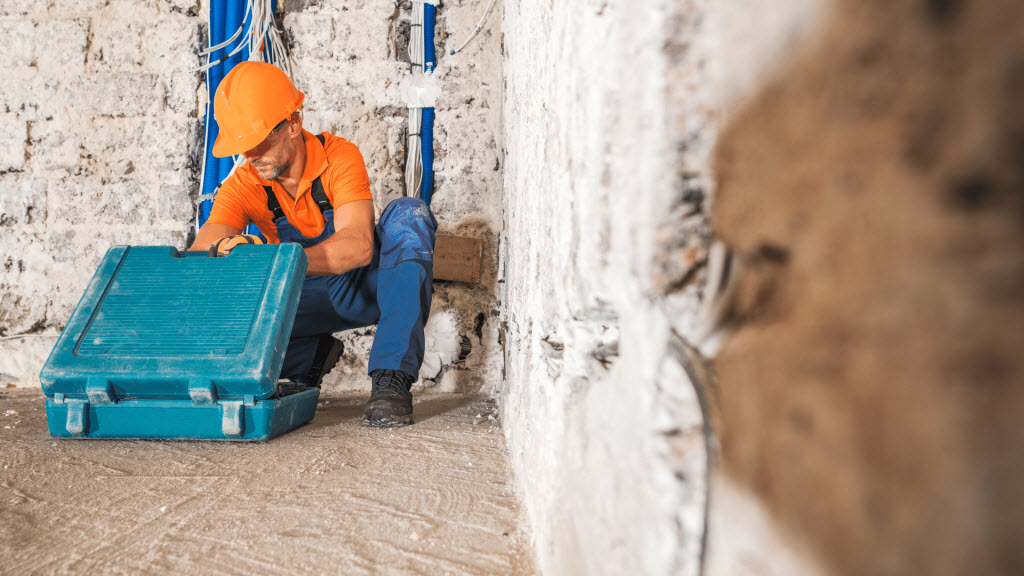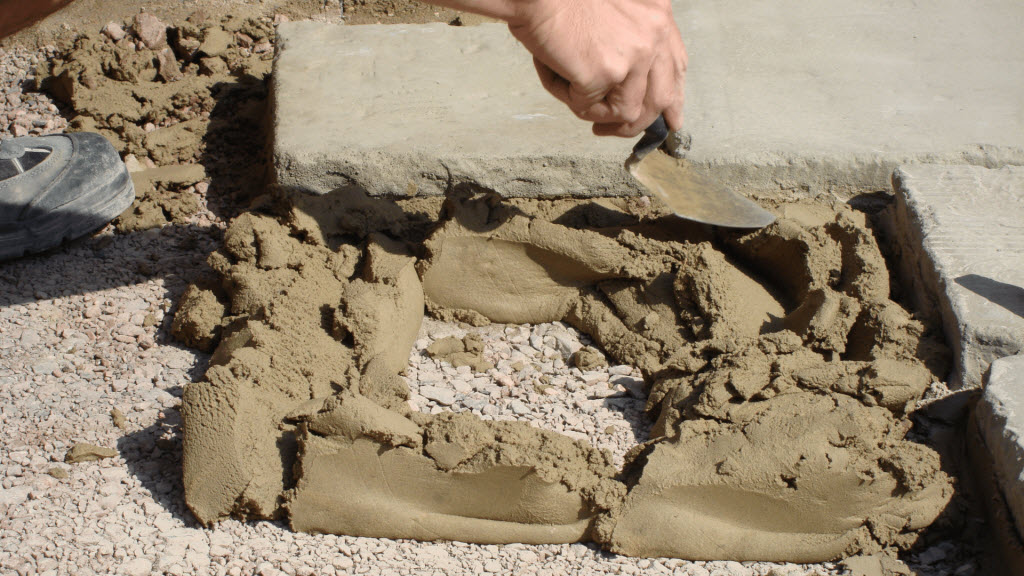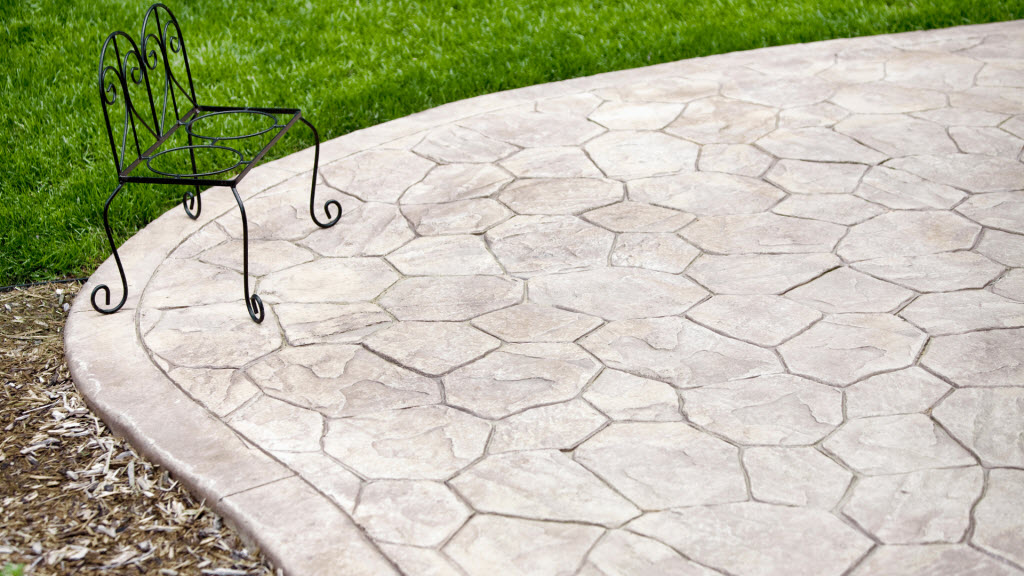pigmented concrete
Even the most weathered driveway can be resurfaced by adding a layer of concrete.
concrete work around pool
Resurfacing is also a great way to protect your concrete from weathering and damage.
It's a great way for your home to look better. How do you decide which company to trust when there are so many to choose?

Even the most weathered driveway can be resurfaced by adding a layer of concrete.
Concrete's key component is aggregate.


Without fine aggregate, concrete would be very difficult to work with.
The structural slab plays an important role in the foundation of a building. It supports the structural slab above it. Without a strong structural foundation, the building will collapse.

Concreting refers to the creation of concrete structures. Concrete is the process of mixing cement, concrete, and aggregate to make a strong material. This can be used for walls, floors and other constructions. Concreting allows you to build durable structures that can last many years.

Concrete and cement are both construction materials that are used extensively around the world. They both have their own unique properties and uses, which is why they are often confused with one another.
Concrete is a mixture of cement, water, sand, and gravel. It is used in construction projects such as foundations, flooring, walls, and roads. The main advantage of concrete is that it is very strong and durable.
Cement, on the other hand, is a powder made from limestone and clay. It is mixed with water to make mortar or concrete. Cement is an essential ingredient in construction because it gives concrete its strength and durability.
It is possible for concrete to be too strong. If a concrete mix is too dense, it can cause cracking and other problems. In addition, if the mixture is too wet, the resulting concrete may be too weak. It's important to get the proportions of sand, gravel, cement and water just right in order to produce a strong but durable concrete.
If you use too much cement in concrete, it can adversely affect the strength and durability of the final product. The amount of cement in a concrete mix is typically expressed as a "cement to sand ratio" or a "cement to aggregates ratio". A higher-than-normal cement ratio means that there will be more cement paste surrounding the individual aggregate particles, which can make the concrete weaker and more susceptible to cracking. Conversely, using too little cement will also lead to substandard concrete; in this case, the mixture will be more likely to experience shrinkage cracking as it dries. It's therefore important to get your proportions right when making concrete, in order to ensure a high-quality final product.